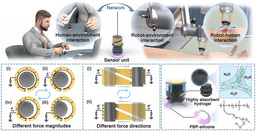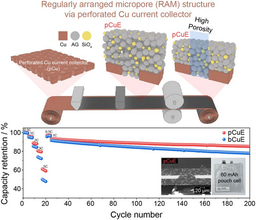Unveiling the Impacts of Pulmonary Vein Isolation (PVI) Gaps by AF Digital Twin Technology
Published in Bioengineering & Biotechnology, Protocols & Methods, and General & Internal Medicine
Strength of the digital twin technology
In the era of advancing digital technology, healthcare practitioners are steadily incorporating innovative techniques into clinical practice. While big data and artificial intelligence are prominent examples, the evolution of computers and graphic devices has fostered a surge in research on digital twins of organs, blending sophisticated structural modeling with biophysics. Leveraging a digital replica of a patient's organ allows for the exploration and evaluation of phenomena that are challenging to discern under in vivo conditions, offering significant advantages.
Generating the digital twin of human AF
Atrial fibrillation (AF) ablation stands as a cornerstone in AF management, yet the precise mechanisms underlying its recurrence remain unclear. Our study delved into the impact of pulmonary vein isolation (PVI) gaps on rhythm outcomes utilizing a human AF digital twin. By integrating computed tomography and electroanatomical mapping, we crafted realistic AF digital twins for 50 patients, predominantly with persistent AF. Through the analysis of 600 AF episodes, we changed variables such as PVI level, PVI gap count, and pacing sites to assess the final rhythm status, encompassing AF and atrial tachycardia (AT).
Representative videos of the impacts of the PVI gap number on AF maintenance
The accompanying video illustrates AF induction with varying numbers of PVI gaps within the same patient. In the top left corner, the model with one PVI gap led to AF termination, whereas models with 2 and 4 PVI gaps converted AF to regular AT. Conversely, the model with 8 PVI gaps maintained AF.
Main findings
Our findings underscored the superior anti-AF efficacy of antral PVI over ostial PVI, while an escalation in PVI gap numbers correlated with heightened AF recurrence. Notably, extra-PV pacing facilitated and sustained AF more easily compared to intrapulmonary vein pacing. PVI gaps or pulmonary vein reconnections emerged as significant contributors to AF recurrence post-ablation, corroborating findings from previous studies. Particularly, extra-PV triggers were independently associated with poorer rhythm outcomes, underscoring their role in recurrence mechanisms. Our digital twin study sheds light on the intricate interplay between PVI gaps, PV reconnections, and extra-PV triggers in AF maintenance, offering insights into tailored therapeutic approaches.
Limitations
Nevertheless, it is important to acknowledge the clear limitations. Achieving more precise modeling necessitates extensive data, high-performance computing specifications, and considerable time and effort. However, it is believed that these challenges will gradually diminish with the continuous advancement of technology, enabling more comprehensive insights into the management of AF.
Conclusion and future work
We observed reduced anti-AF effects for PVI in the following order: antral PVI, ostial PVI, inside-PV pace-induction with gaps, and extra-PV pace-induction with PV gaps. A realistic digital twin of human AF is valuable in elucidating the AF intervention mechanism, which is challenging to substantiate clinically or experimentally under reproducibly controlled conditions. Our future research endeavors will not only encompass investigations into the basic electrophysiology mechanisms related to AF but also extend to areas such as AF ablation targets and the efficacy of anti-arrhythmic drugs.
Follow the Topic
-
npj Digital Medicine

An online open-access journal dedicated to publishing research in all aspects of digital medicine, including the clinical application and implementation of digital and mobile technologies, virtual healthcare, and novel applications of artificial intelligence and informatics.
Related Collections
With Collections, you can get published faster and increase your visibility.
Artificial Intelligence in Emergency and Critical Care Medicine
Publishing Model: Open Access
Deadline: Jan 10, 2026
Digital Health Equity and Access
Publishing Model: Open Access
Deadline: Mar 03, 2026





Please sign in or register for FREE
If you are a registered user on Research Communities by Springer Nature, please sign in